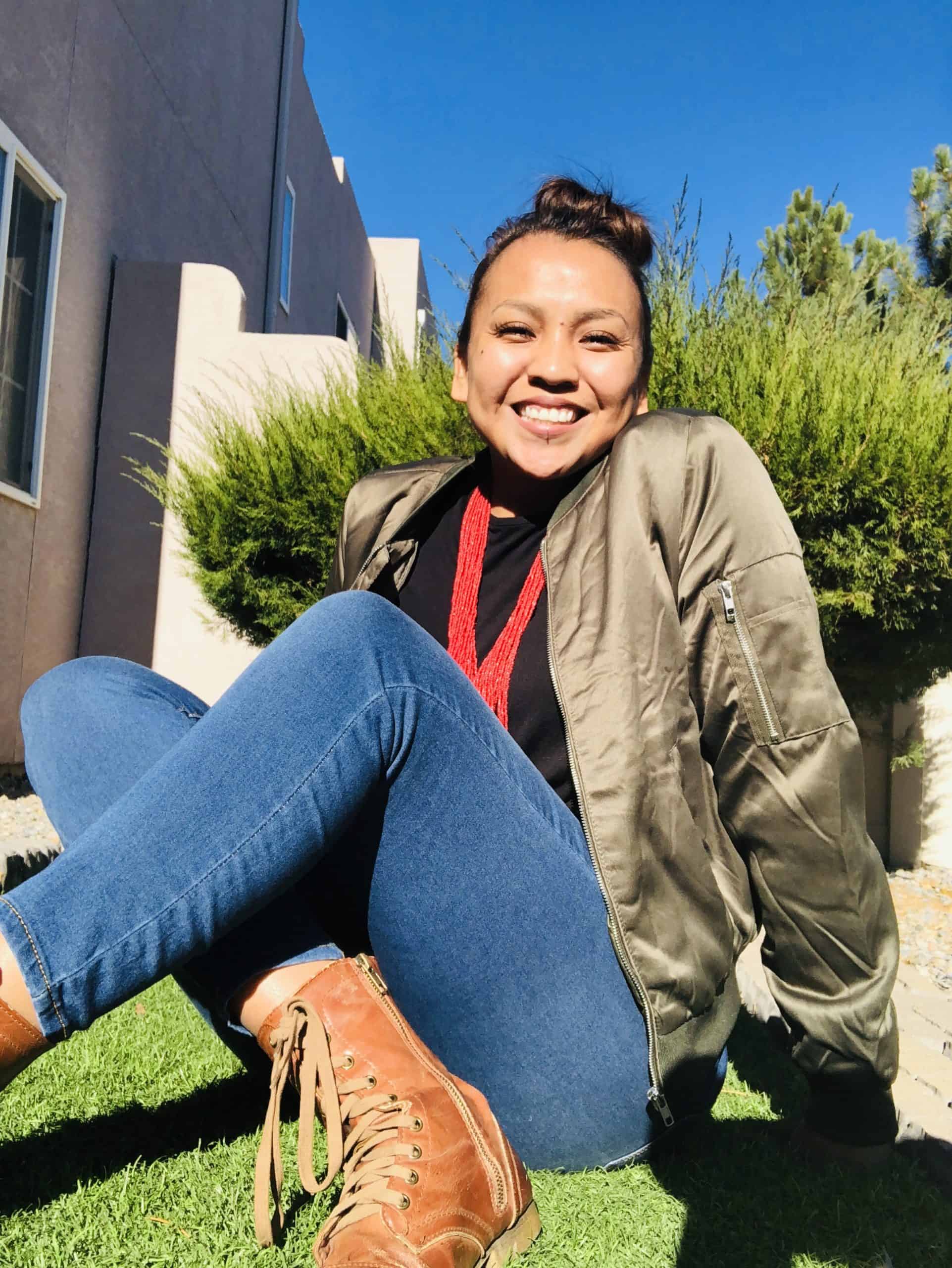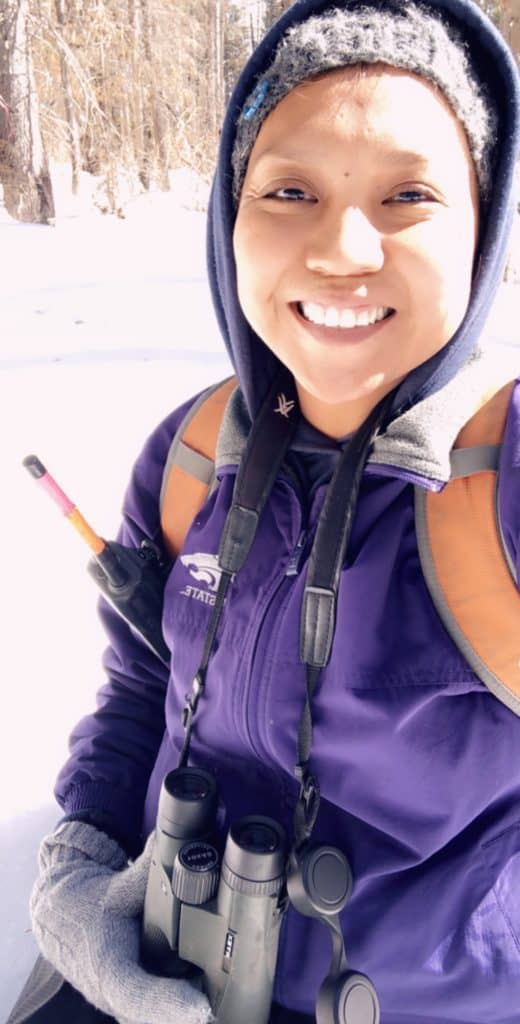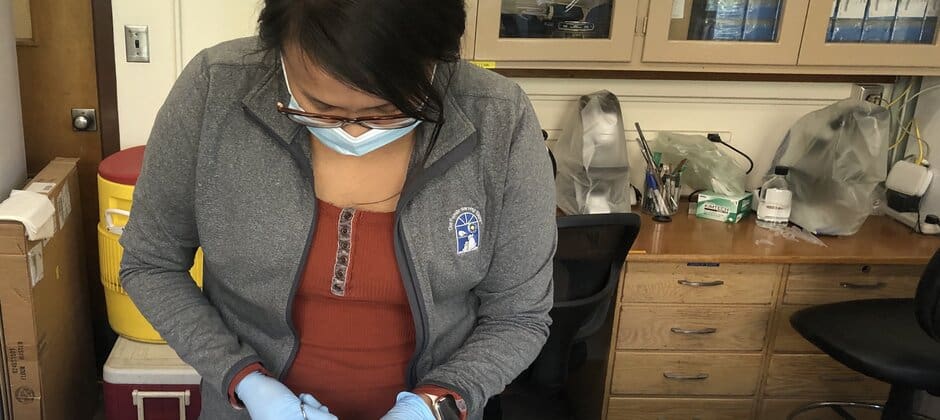Share this article
Wildlife Vocalizations: Deandra Jones
Wildlife Vocalizations is a collection of short personal perspectives from people in the field of wildlife sciences.
I grew up in a small, one room Hogan (a traditional, sacred house of the Diné) with five other family members. I remember bathing in a large, silver tub filled with water because we didn’t have running water during that time. I remember herding livestock to our winter and summer camps that were both more than 10 miles away. I remember having to sit on a school bus for about three hours just to get to high school. But to me this was all normal. Growing up on the Navajo Nation, I learned to take in all the beauty that our Mother Earth has to offer—from the rainwater that helped our crops grow, to animals that fed the family, to plants that heal our people.

Credit: Deandra Jones
Yá’ át’ééh shík’éí dóó shídine’é. Or in English, hello family and friends. I grew up in Round Rock, located on the Navajo Nation in northern Arizona. I am a member of the Navajo Nation; I identify myself as Kinłichíí’nii born for Ashįįhí (I am of the Red House People and born for the Salt People). For as long as I can remember, I have always loved animals and our Mother Earth. Never in a million years did I imagine myself helping in some way to conserve an endangered species in this world.
I am currently attending the University of Arizona pursuing a master’s degree in wildlife conservation and management. I am investigating the potential for parasite-mediated competition and related hypotheses in native endangered Mt. Graham red squirrels (Tamiasciurus hudsonicus grahamensis) and introduced Abert’s squirrels (Sciurus aberti). There is little understanding of parasite loads between invaders and endemic species, including the Mt. Graham red squirrels and Abert’s squirrels; I am identifying and quantifying parasites in this important system. From this research, I hope to gain better insights into possible parasite transmission routes and the role that parasites play in biological invasion. When we understand all factors that contribute to extinction risks, we can better inform future conservation management strategies for many threatened and endangered species.

Deandra taking part in the Mt. Graham Red squirrel census in the Mt. Graham Mountains near Stafford, Arizona in February 2019.
Credit: Deandra Jones
One challenge I face almost every day with the research I do is the conflict with my traditions and culture. I was taught at a young age that there are certain things that I am not supposed to do with wildlife. For example, working with coyotes in any way is taboo, because in my culture the coyote is a symbol of trouble and was considered a trickster to our Diyin Diné’e (Holy people). I honestly don’t know if there is a way to reconcile this conflict because it’s consistently been a struggle to balance my beliefs and science, especially with the research I do. Regardless I am thankful for my parents who support my life decisions because they understand the chances I’m taking and that what I’m doing needs to be done.
Learn more about Wildlife Vocalizations, and read other contributions.
Submit your story for Wildlife Vocalizations or share the submission form with your peers and colleagues to encourage them to share their story.
For questions, please contact Jamila Blake.
Header Image: Deandra dissected an Abert's squirrel to take out the GI section at the University of Arizona: Koprowski Lab in October 2020. Credit: Hejie Xu








